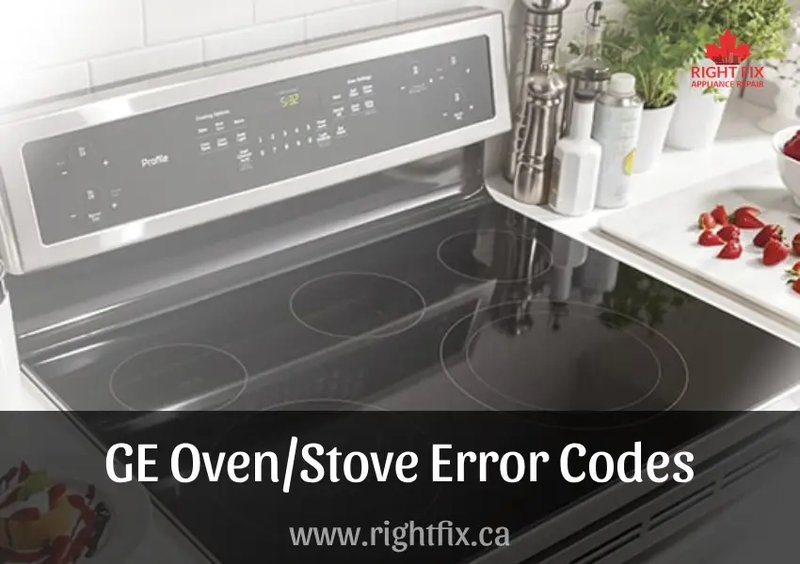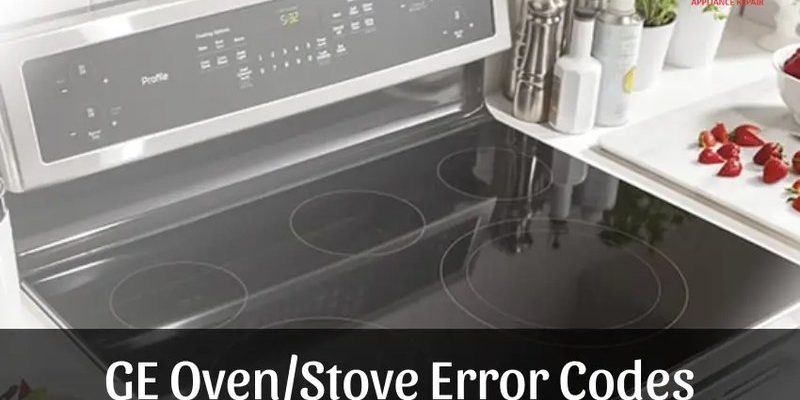
An error code on your GE oven or range is like the appliance trying to have a conversation with you. The E2 code specifically is a signal that something is amiss—much like a check engine light in your car. In the world of kitchen appliances, ignoring such signals is usually not the best course of action. While it might be tempting to dismiss the error and continue cooking, understanding what this code represents could save you from further inconvenience or damage down the road.
What Does Error Code E2 Mean?
When your GE oven flashes the E2 error code, it’s essentially hinting at a communication problem within the appliance. Imagine trying to send a message, but the receiver gets something completely garbled. That’s what’s happening inside your oven. The error often points to an issue with the oven’s temperature sensor or thermostat, which plays a critical role in ensuring your oven heats to the temperature you set.
Here’s the deal: the temperature sensor is like the brain of your oven, regulating heat just like a thermostat does in your home. If your oven can’t communicate properly with this sensor, it could mean that your food isn’t cooking at the right temperature. In the long run, this could lead to uneven cooking or even damage the oven’s heating elements if ignored.
So, if you notice the E2 error code, it’s best to address it sooner rather than later. This might involve resetting the oven or, in some cases, replacing the sensor. Don’t worry, though, these tasks are often manageable, and you might even be able to handle them without professional help.
How to Address the E2 Error Code
Alright, let’s get into the nitty-gritty of handling this pesky error code. First, try the simplest solution: a reset. Just like rebooting a computer can resolve minor glitches, resetting your oven can sometimes clear the E2 error. To do this, turn off the oven and unplug it from the power source. Wait a few minutes to ensure it fully resets, then plug it back in and power it up. Check if the error persists.
If the reset doesn’t do the trick, it might be time to check the temperature sensor. The sensor is a thin rod located inside the oven that monitors cooking temperatures. If you’re comfortable doing a bit of DIY, you can remove the sensor and test it with a multimeter to ensure it’s functioning properly. If it’s faulty, replacing it is usually a straightforward process.
Still seeing the error after these steps? It may be time to consult the oven’s manual or contact a professional appliance technician. Sometimes, the issue may lie deeper in the appliance’s wiring or control board, which requires expert attention.
Why Regular Maintenance Matters
Ignoring the E2 error code can lead to bigger problems down the line, so regular maintenance is key. Just like you wouldn’t ignore a strange noise in your car, paying attention to changes in your oven’s performance is crucial. By keeping up with routine checks, you can often prevent minor issues from becoming major headaches.
Consider this: ovens, much like any appliances, need a bit of TLC to stay in top working condition. Regularly inspect the oven’s interior, clean any spills or food debris, and ensure that all electrical connections remain secure. This not only helps in preventing error codes like E2 but also extends the lifespan of your appliance.
In conclusion, while it might be tempting to ignore error messages when you’re in the middle of meal prep, addressing them promptly can save you time and hassle later. By taking care of your oven and responding to its error codes, you ensure a smoother and more efficient cooking experience.
So, next time your GE oven throws an E2 error code at you, remember: it’s just another bump in the road, easily managed with a bit of know-how and some elbow grease. And if ever in doubt, reach out to a professional for peace of mind. Happy cooking!
